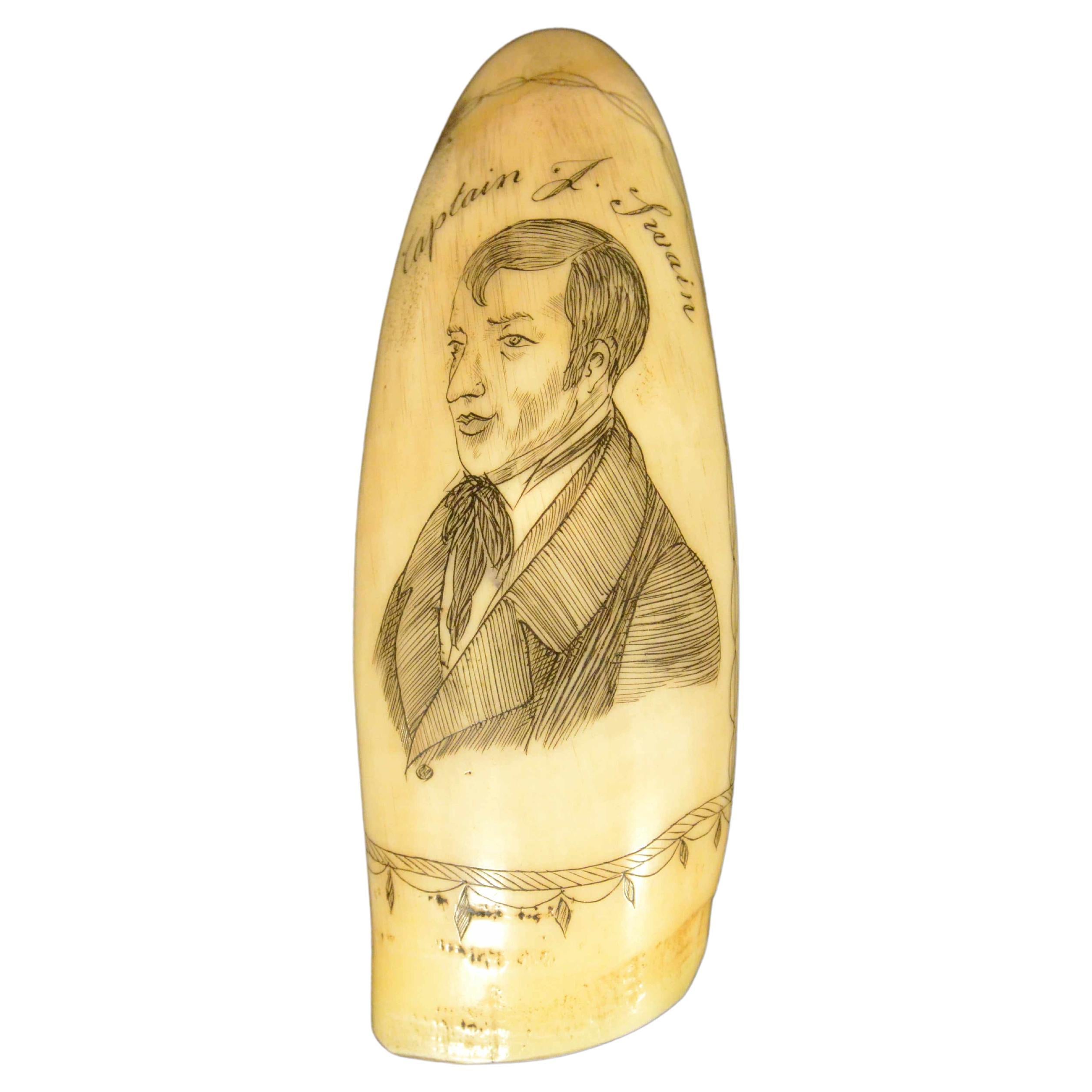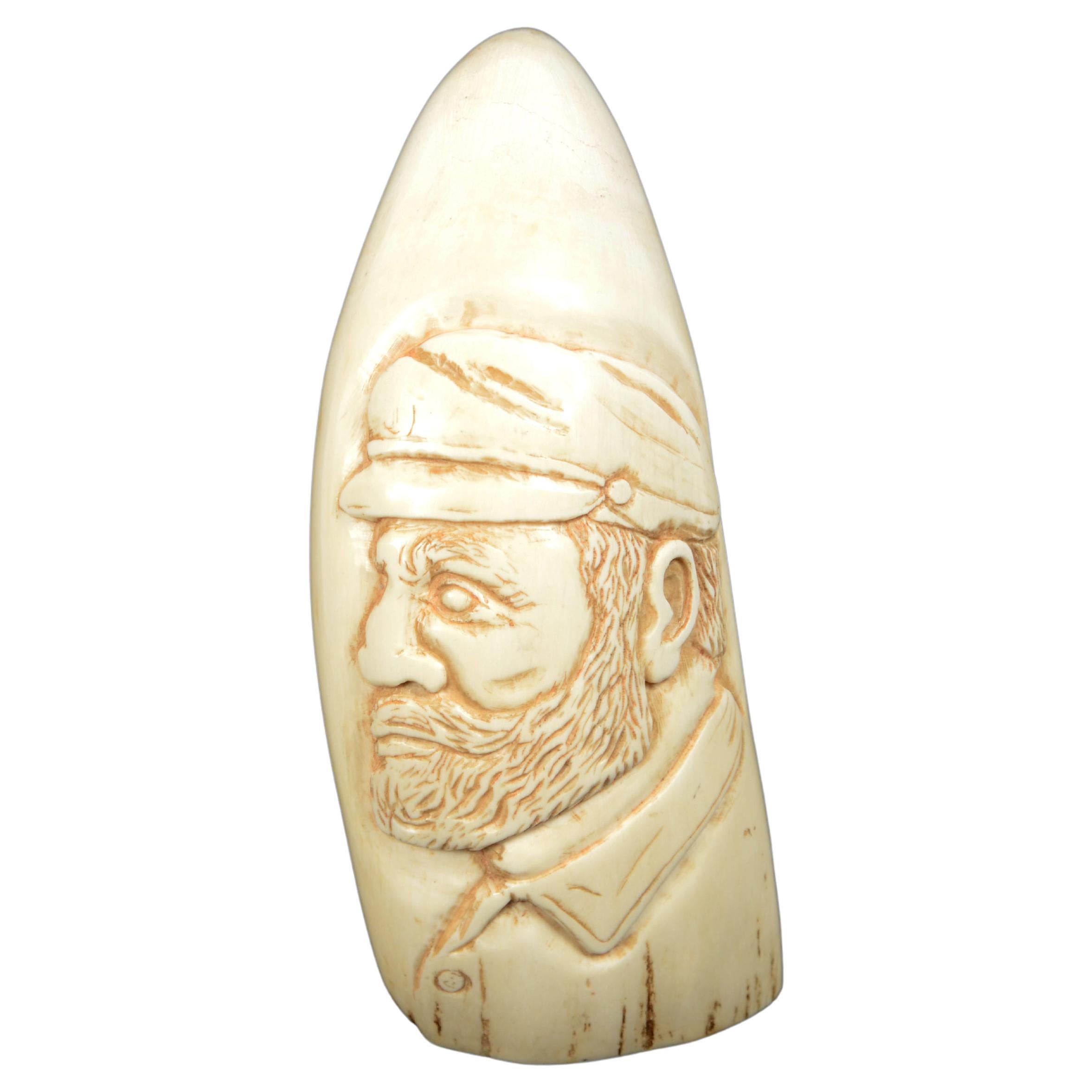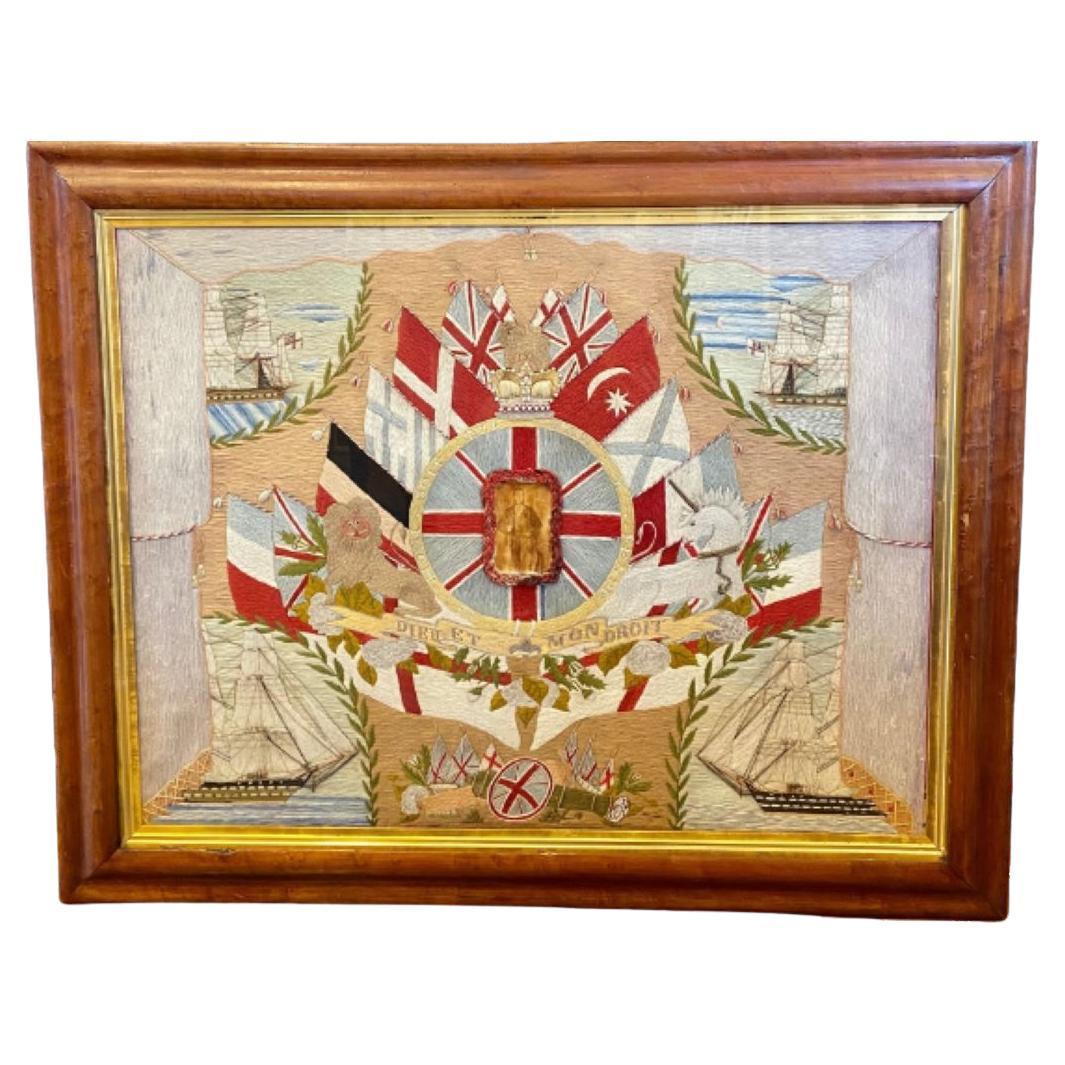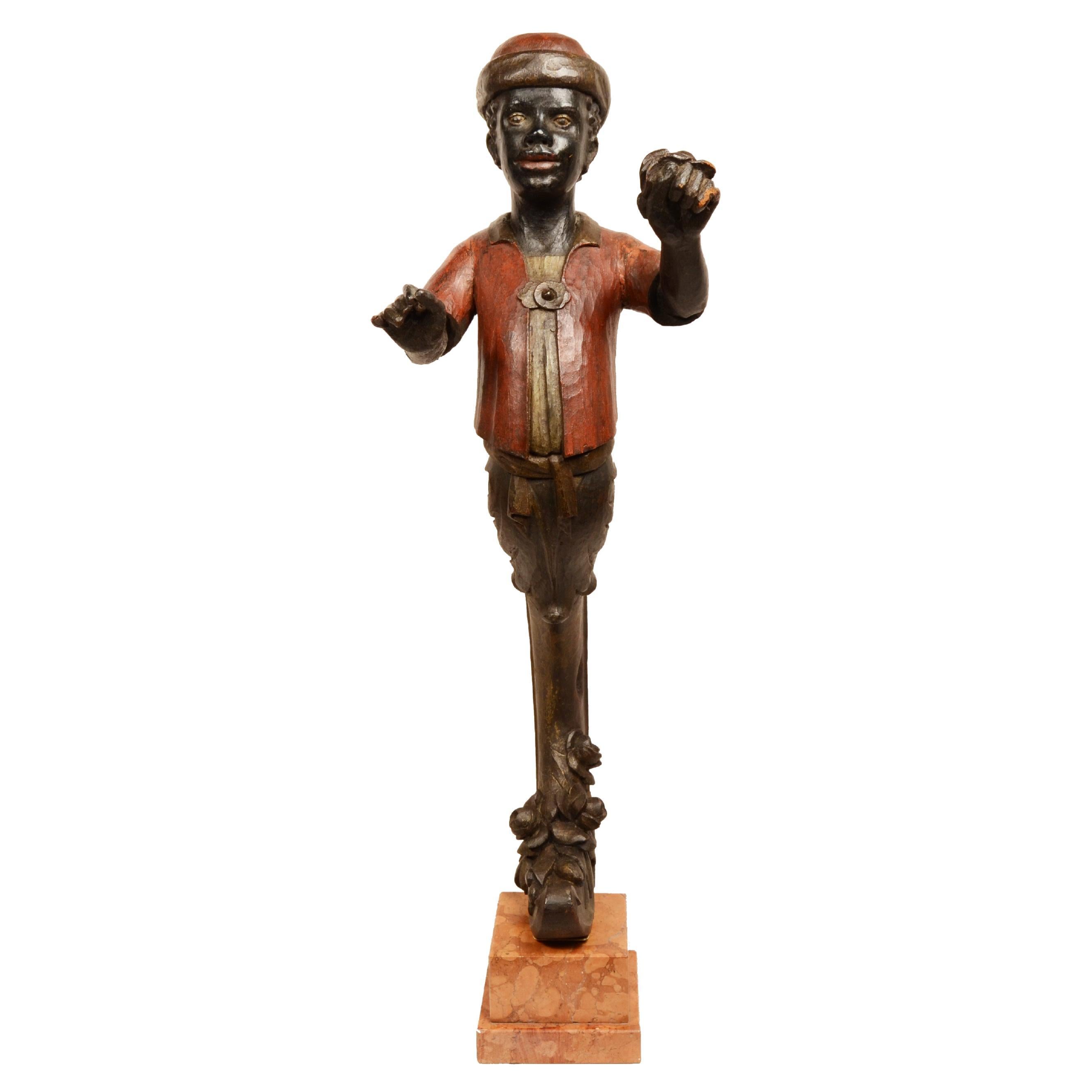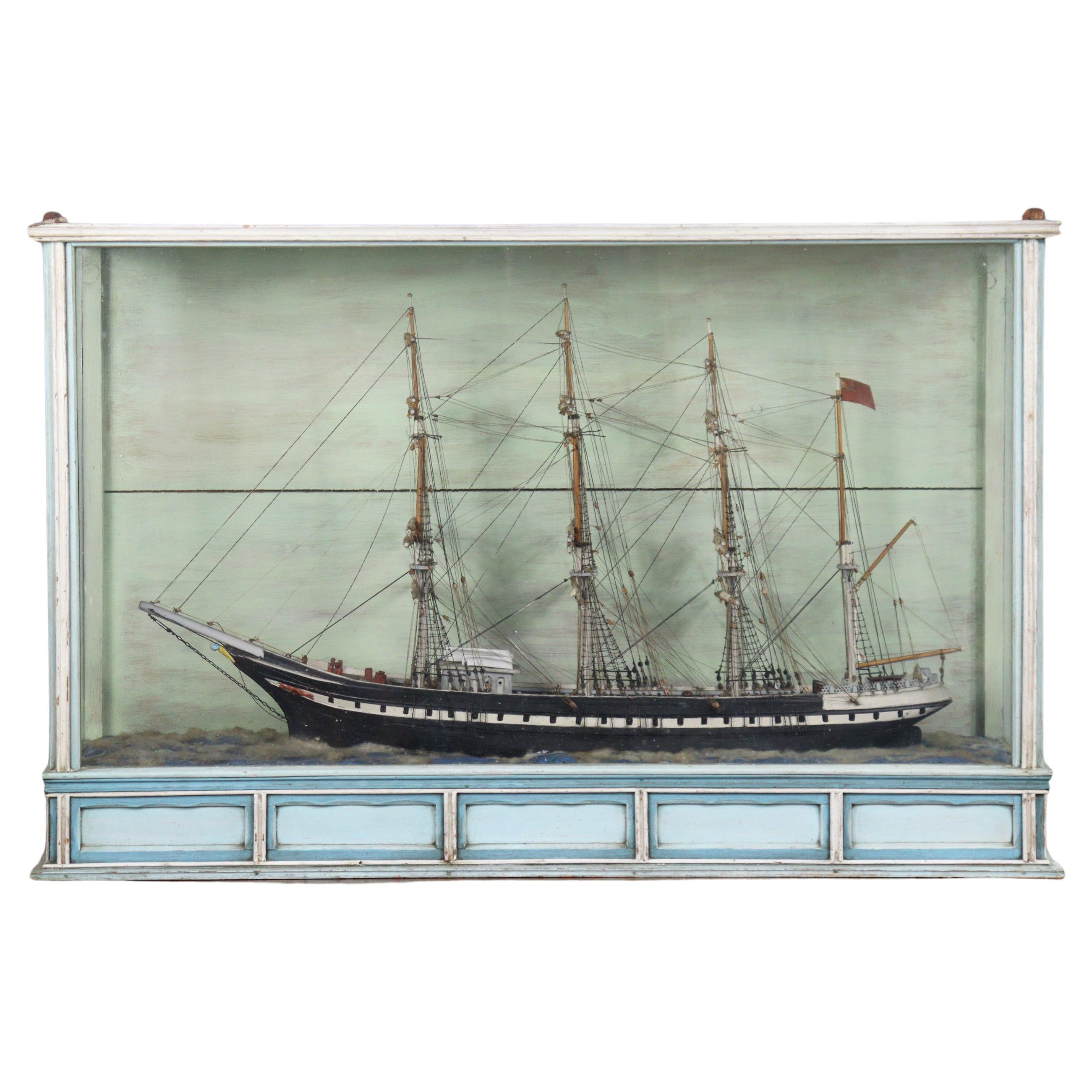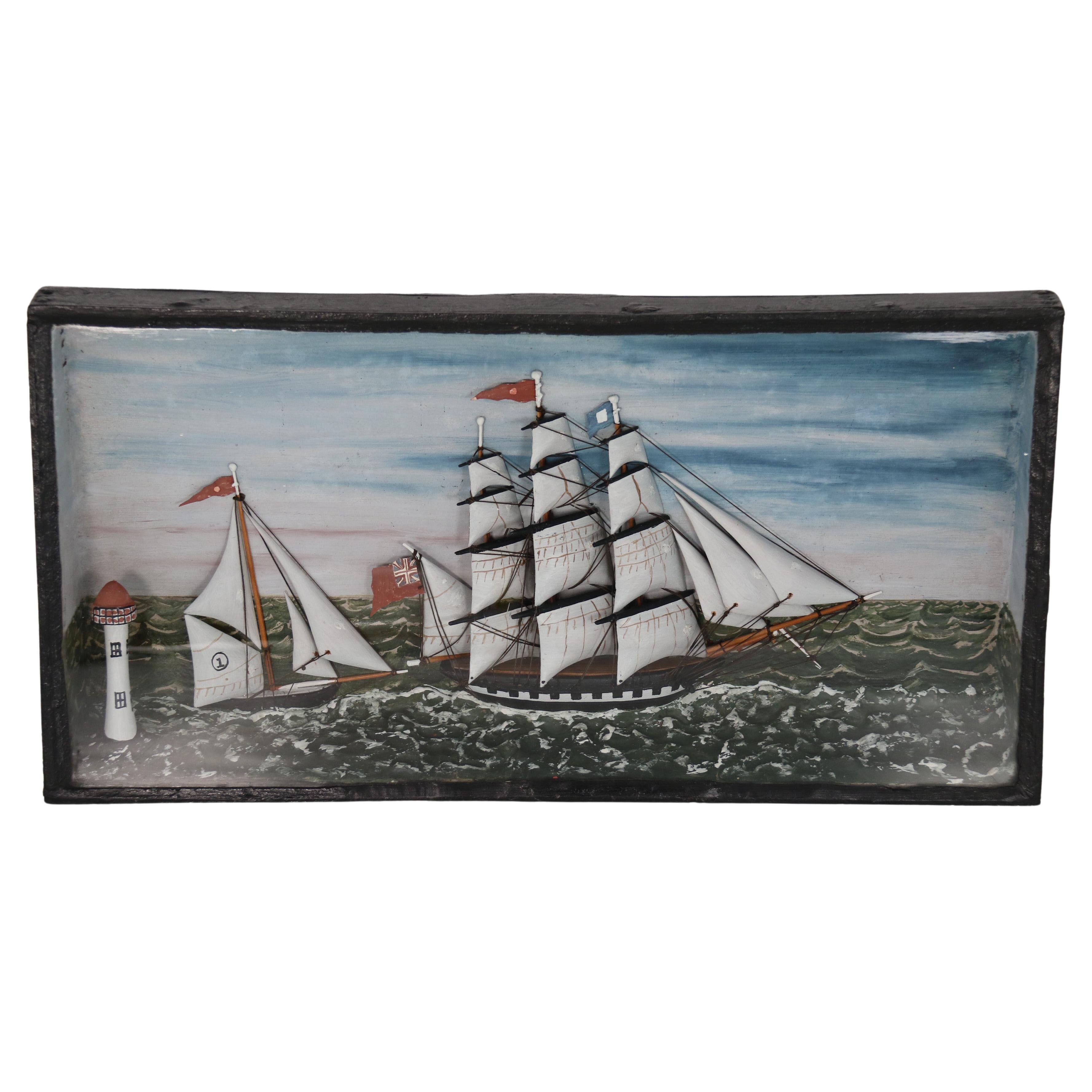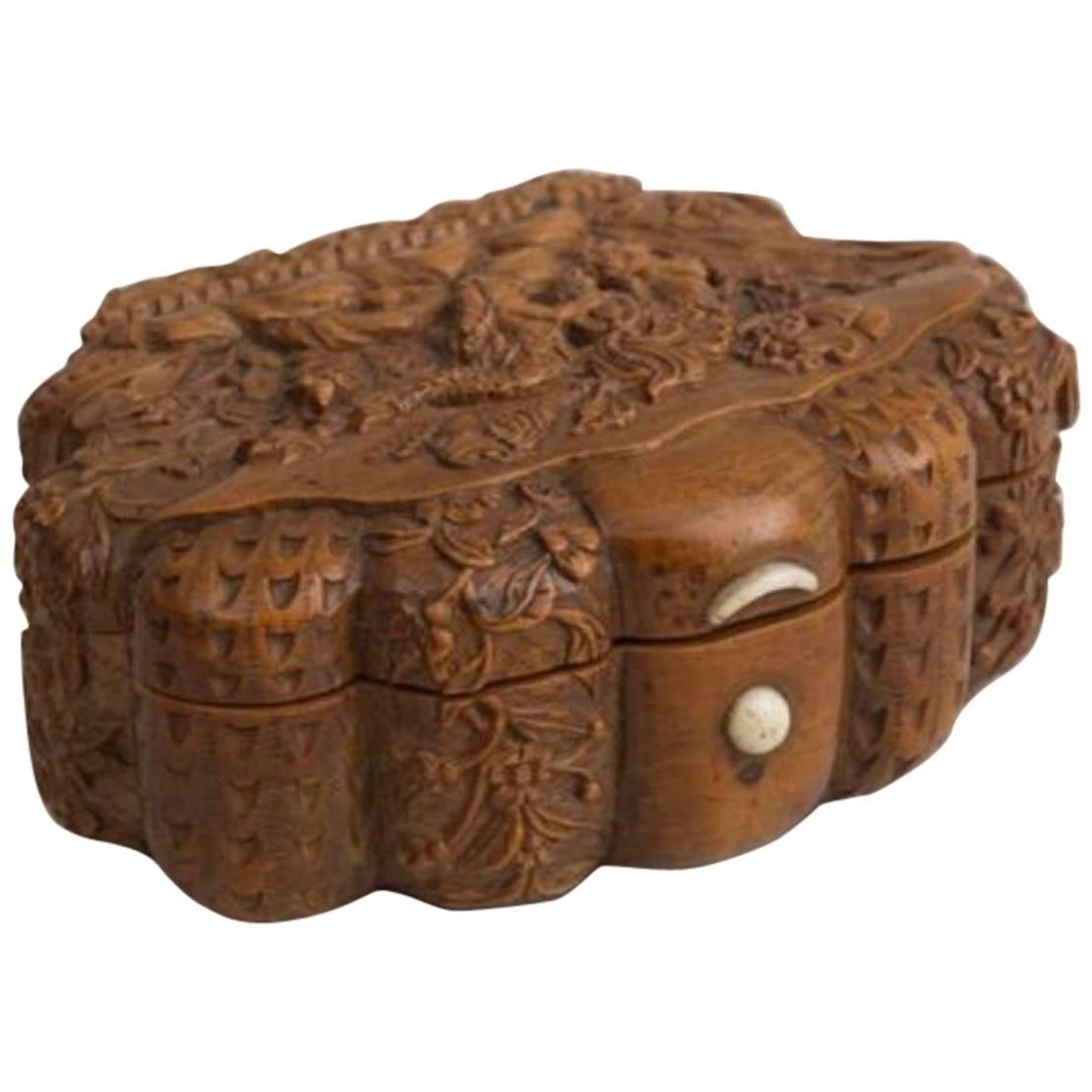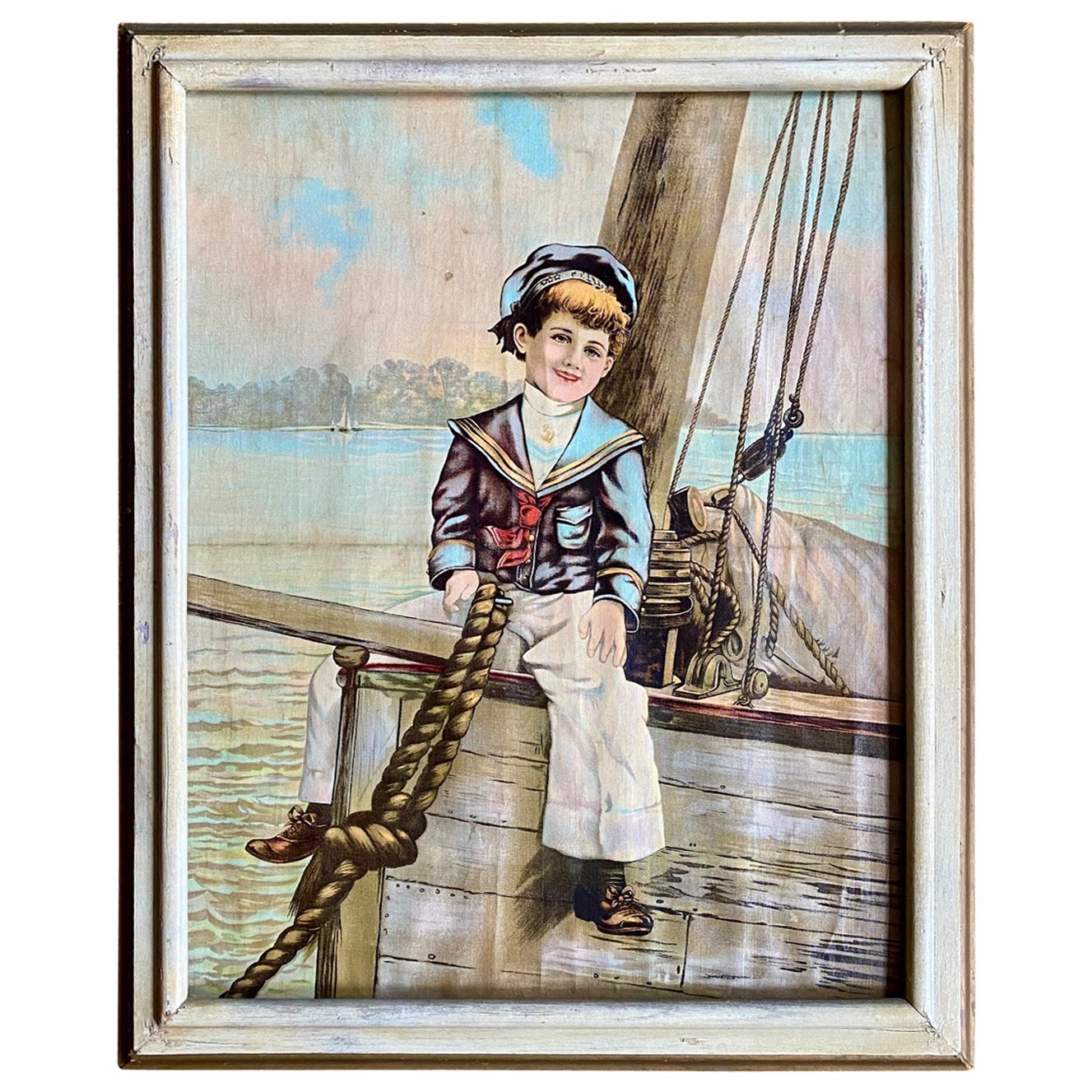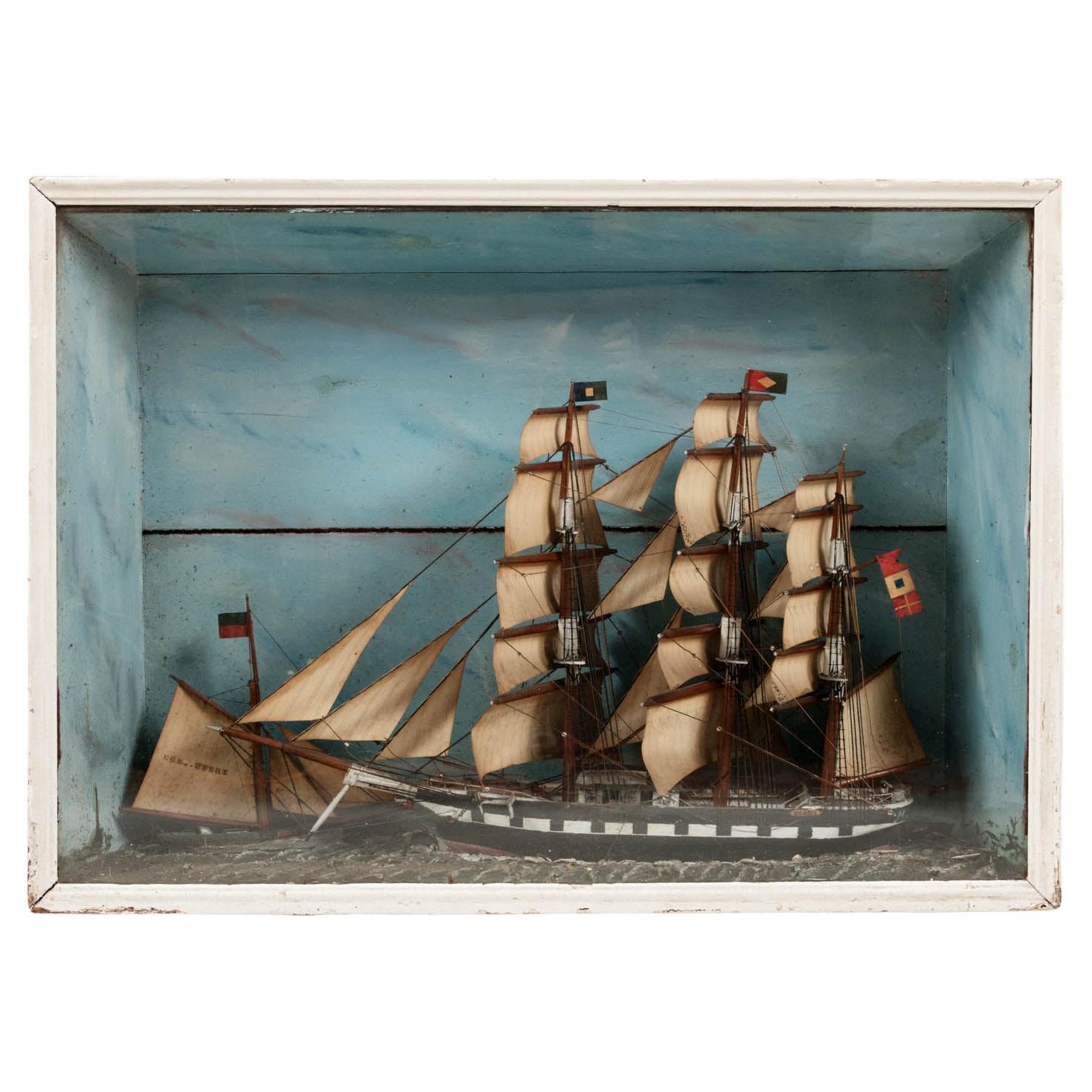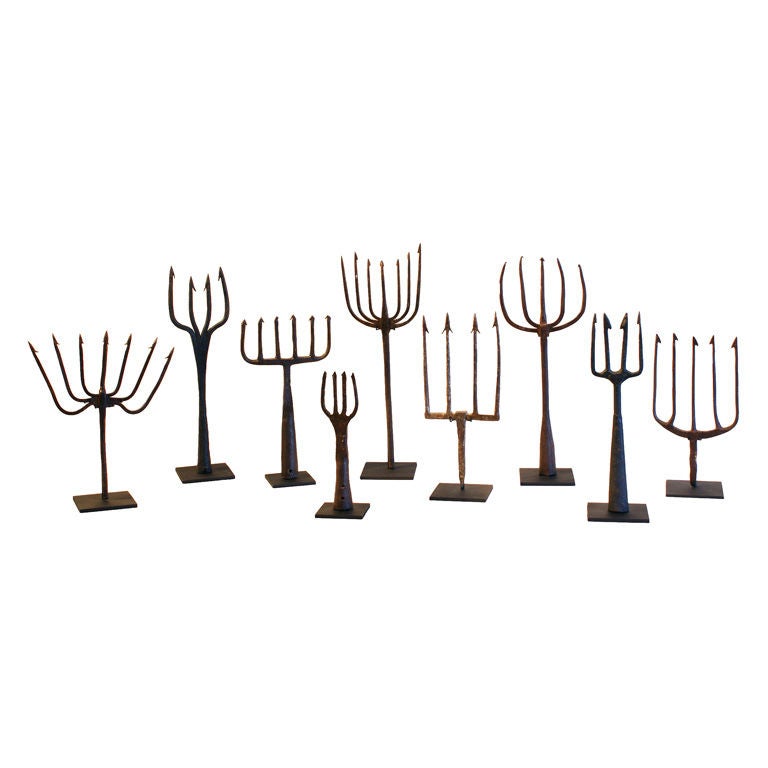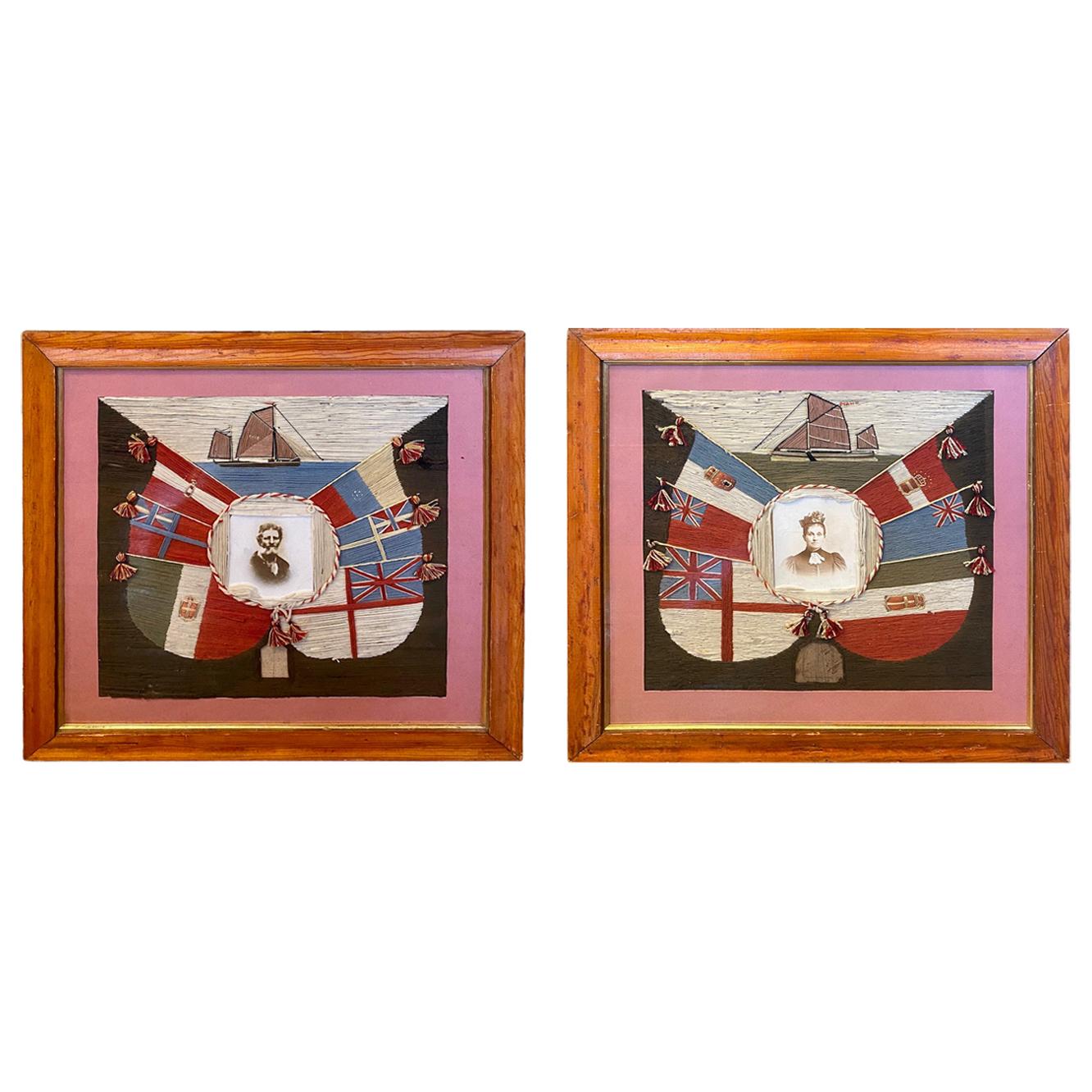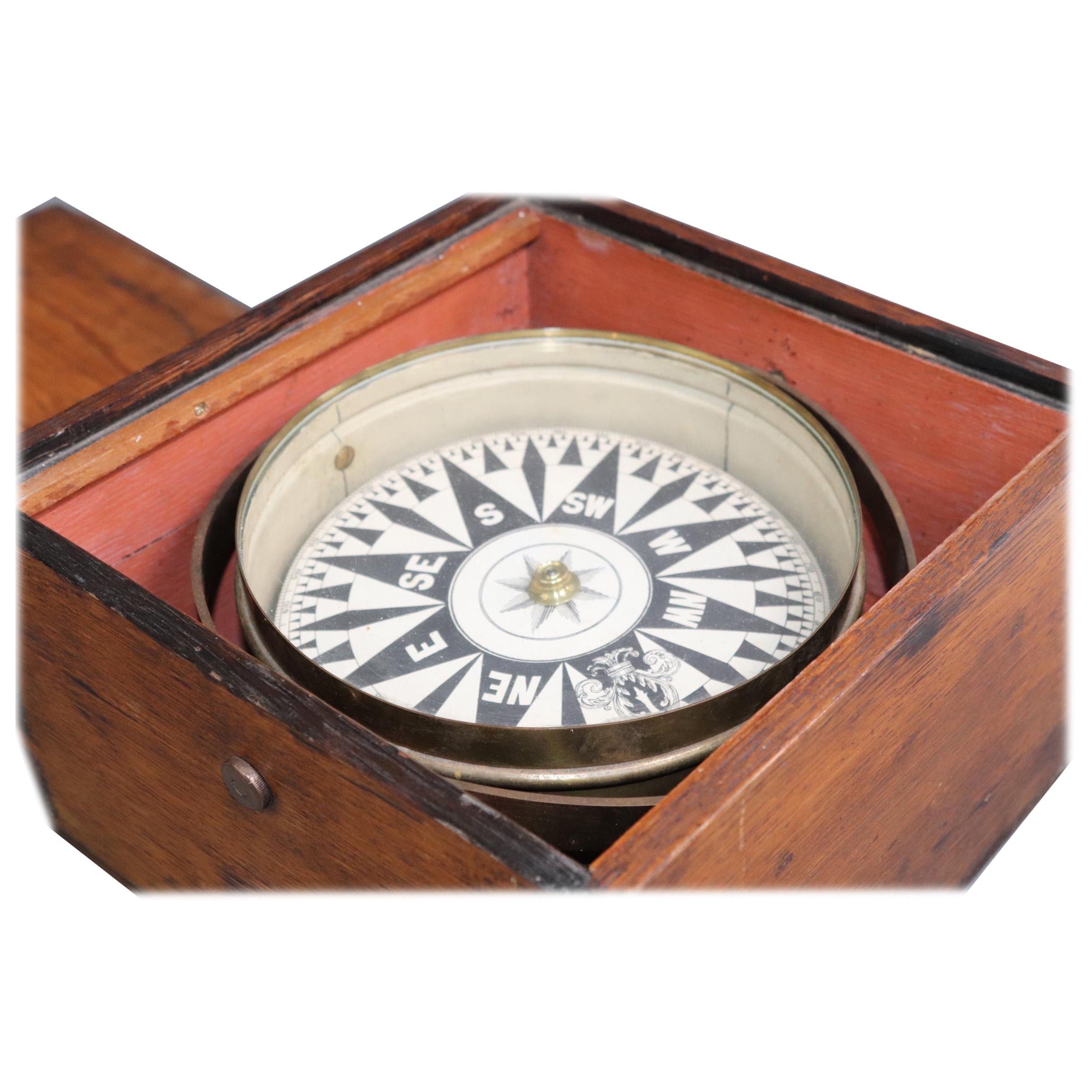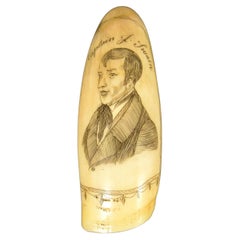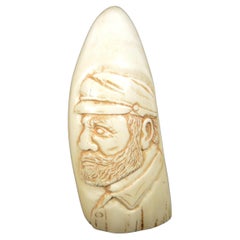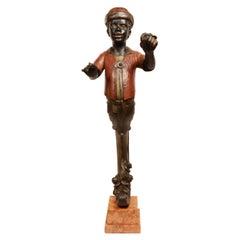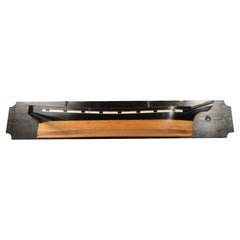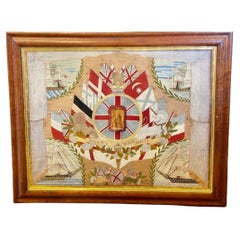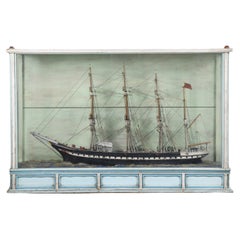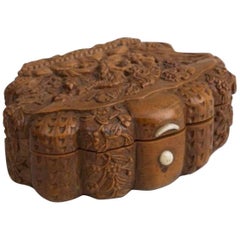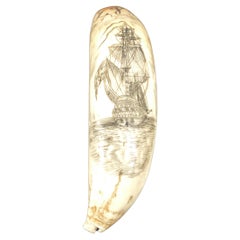
Scrimshaw of vertically engraved orca tooth depicting vessel mid-19th century
View Similar Items
Want more images or videos?
Request additional images or videos from the seller
1 of 16
Scrimshaw of vertically engraved orca tooth depicting vessel mid-19th century
$2,261.92List Price
About the Item
- Dimensions:Height: 4.35 in (11.05 cm)Diameter: 1.2 in (3.05 cm)
- Materials and Techniques:Teeth
- Period:
- Date of Manufacture:1850
- Condition:Wear consistent with age and use.
- Seller Location:Milan, IT
- Reference Number:1stDibs: LU1020237386572
About the Seller
5.0
Vetted Professional Seller
Every seller passes strict standards for authenticity and reliability
Established in 1999
1stDibs seller since 2014
398 sales on 1stDibs
Typical response time: 1 hour
Authenticity Guarantee
In the unlikely event there’s an issue with an item’s authenticity, contact us within 1 year for a full refund. DetailsMoney-Back Guarantee
If your item is not as described, is damaged in transit, or does not arrive, contact us within 7 days for a full refund. Details24-Hour Cancellation
You have a 24-hour grace period in which to reconsider your purchase, with no questions asked.Vetted Professional Sellers
Our world-class sellers must adhere to strict standards for service and quality, maintaining the integrity of our listings.Price-Match Guarantee
If you find that a seller listed the same item for a lower price elsewhere, we’ll match it.Trusted Global Delivery
Our best-in-class carrier network provides specialized shipping options worldwide, including custom delivery.More From This Seller
View AllScrimshaw of engraved whale tooth depicting the Captain F. Swain 1850
Located in Milan, IT
Scrimshaw of an engraved whale tooth, depicting on one side the half-bust of the smartly dressed and handsome Captain F. Swain. On the Back the inscription Master The WHALER SWAN f...
Category
Antique Mid-19th Century Nautical Objects
Materials
Teeth
Raro scrimshaw di grande dente di balena in verticale a bassorilievo un marinaio
Located in Milan, IT
Raro scrimshaw di un grande dente di balena raffigurante in verticale a bassorilievo il profilo di un baleniere barbuto e con cappello in testa, altezza cm 16. Databile attorno alla...
Category
Antique 1850s Nautical Objects
Materials
Teeth
Small carved wooden figurehead depicting young Moretto Venice late 19th century
Located in Milan, IT
Small carved wooden figurehead depicting young Moretto, mounted on red marble base, late 19th-century Venetian manufacture.
This is a beautifully crafted sculpture made of polychrom...
Category
Antique 1890s Nautical Objects
Materials
Wood
Half hull of a 19th century French brig made of pine and mahogany wood
Located in Milan, IT
Half hull of a late 19th-century French brig made of pine and mahogany wood, mounted on black-colored wood plank, wood-colored living work, black-colored dead work.
Bon état. Table m...
Category
Antique Late 19th Century Nautical Objects
Materials
Wood
Second half of the 19th century half-hull of an English schooner wooden
Located in Milan, IT
Second half of the 19th century half-hull of an English schooner wooden planking nailed and mounted on ebonized wooden board.
Good condition, board measures 100x 13x21 cm - inches...
Category
Antique 1870s Nautical Objects
Materials
Wood
Early 20th century bronze casting bookends depicting an English pole brigantine
Located in Milan, IT
Pair of bookends, bronze casting depicting an English pole brig at sea, where the sails unfurled between the waves and mounted on mahogany wood base. English manufacture of the earl...
Category
Early 20th Century Nautical Objects
Materials
Bronze
You May Also Like
Mid 19th Century Sailor's Elaborate Woolie
Located in Nantucket, MA
Antique Sailor's elaborate woolwork, circa 1855, with a photograph of the sailor held in a woolwork frame set on the British flag on a cruciform reserve; with the "Honi Soit Qui Mal ...
Category
Antique 1850s English Folk Art Nautical Objects
Materials
Wool
Late 19th Century Cased British Sailing Vessel Folk Art Maritime
Located in Lowestoft, GB
A late 19th/early 20th century cased display of a painted British sailing vessel, built by Joseph Packer, who was a carpenter in Ramsey
The detailed s...
Category
Antique Late 19th Century English Nautical Objects
Materials
Blown Glass, Pine
A rare 19th century folk art diorama of two sailing vessels racing at sea.
Located in Central England, GB
This most attractive mid 19th century folk art cased diorama shows a view at sea with a large three mast English ship being chased in a racing situation by a smaller and faster single mast yacht. Both are passing by a lighthouse which is in the foreground.
This diorama has been beautifully handmade. The vessel, sails and lighthouse are all hand carved in wood and very nicely painted in bright colours as is the setting of the choppy sea which has most likely been formed in papier mâché.
The most appealing element of this piece is its small compact size which easily lends itself for display on a shelf, table or perhaps wall mounted.
The case is made from nailed pine boards which have been papered and painted black and finished with a glazed front set into putty.
The glass is original and period with lovely handmade imperfections.
This decorative diorama is in excellent original condition.
English, circa 1860
Height 16cm x width 52.5cm x depth 8.5cm max.
Thank you for looking at this rare and interesting 19th century diorama...
Category
Antique Mid-19th Century English Folk Art Nautical Objects
Materials
Other
French Carved Snuff Box, Mid-19th Century
Located in Spencertown, NY
The elaborately carved snuff box with a scene of two mermaids on the cover and deeply carved shell on the reverse.
Category
Antique Mid-19th Century French Rococo Revival Nautical Objects
Materials
Boxwood
19th Century Chromolithograph of a Sailor Boy
Located in Nantucket, MA
19th Century chromolithograph of a sailor boy, circa 1880, a colored print on canvas view of a young American sailor boy sitting astride a bowsprit. A class...
Category
Antique Late 19th Century American Victorian Prints
Materials
Canvas
19th Century Diorama of Sailing Ship ‘Eleanor’
Located in Dublin 8, IE
19th Century diorama of the sailing ship ‘Eleanor’ in original glazed case.
Painted antique shadowbox diorama of a three-masthead clipper ship alo...
Category
Antique 19th Century Folk Art Models and Miniatures
Materials
Glass, Wood
Recently Viewed
View AllMore Ways To Browse
Scrimshaws
Antique Scrimshaw
Antique Ship Diorama
Ship Woolies
Whaling Antiques
Boat Diorama
Nautical Woolies
Driftwood Boats
Sailors Valentine Shell Boxes
Skylight Compass Binnacles
Barbados Shell
Nautical Onion Lantern
Antique Fishing Lures
Sperm Whale Teeth
Whaling Harpoon
Vintage Fishing Lure Display
Antique Flensing Knife
1950 Modern Italian Furniture
